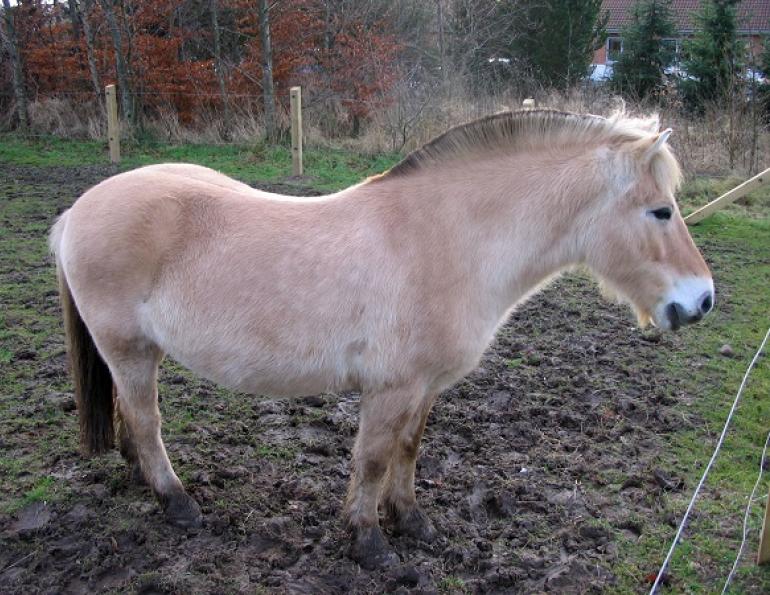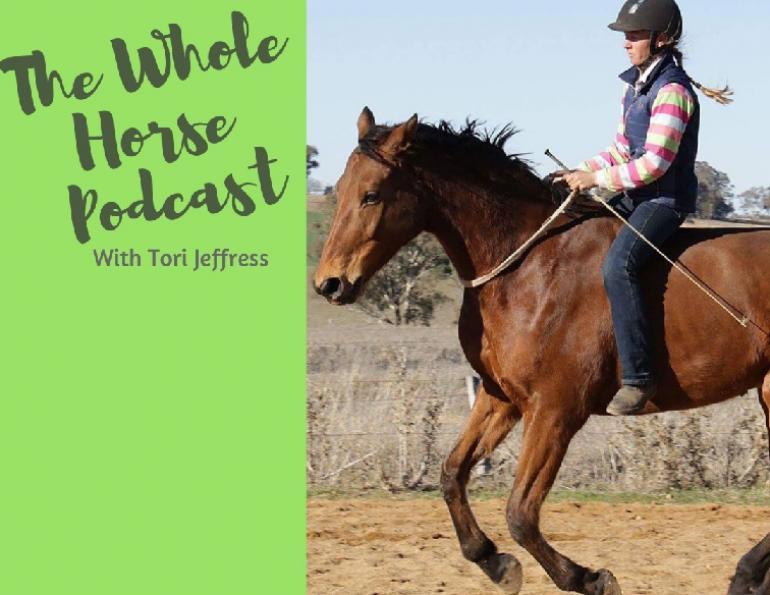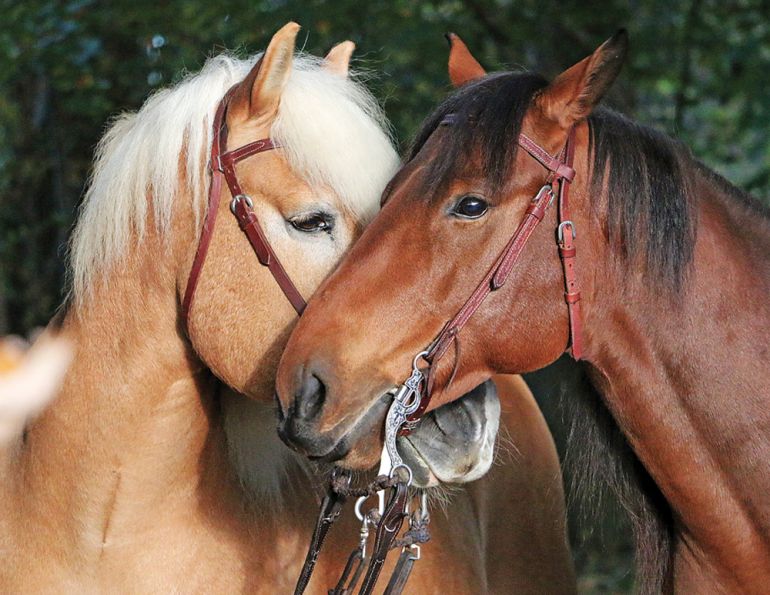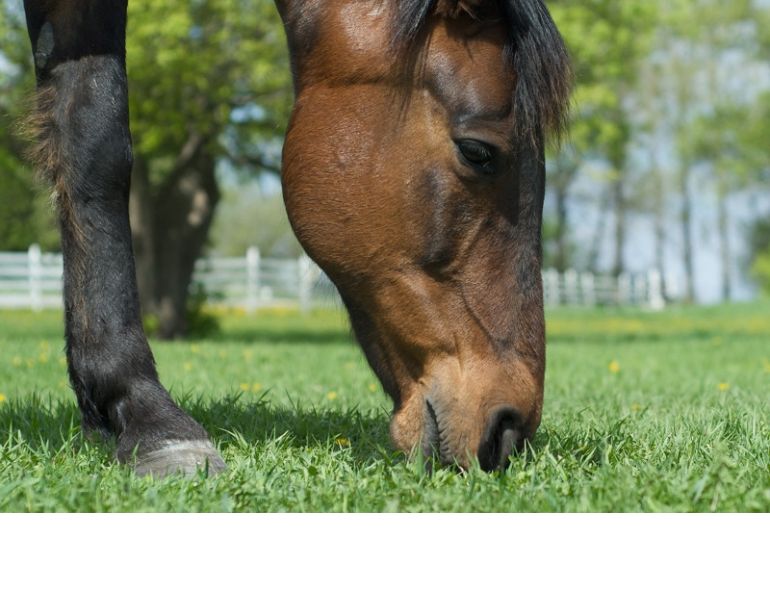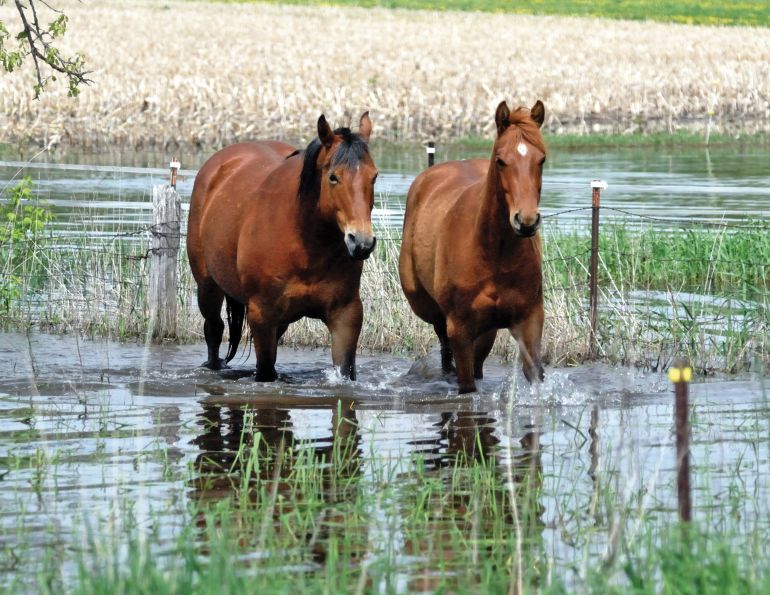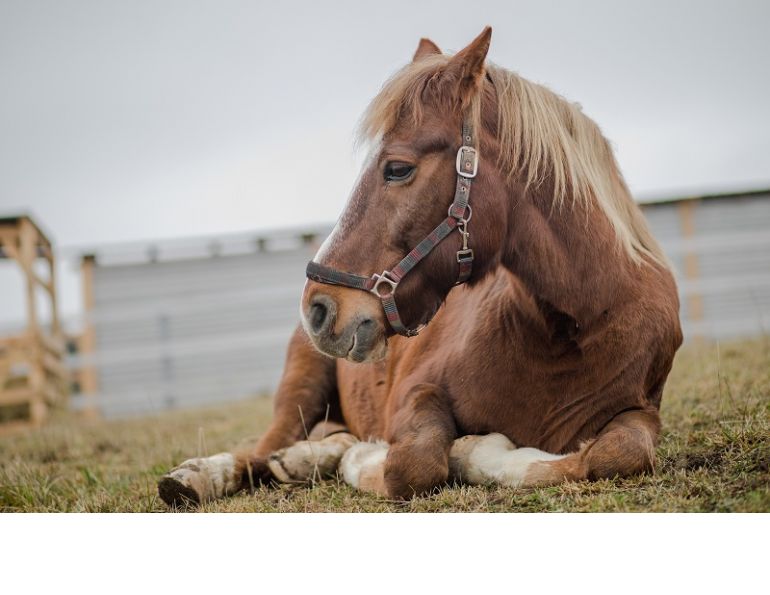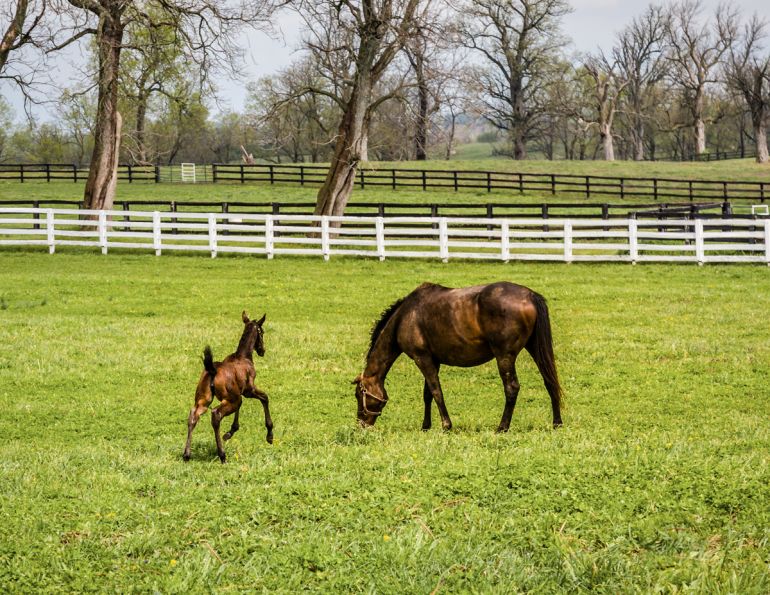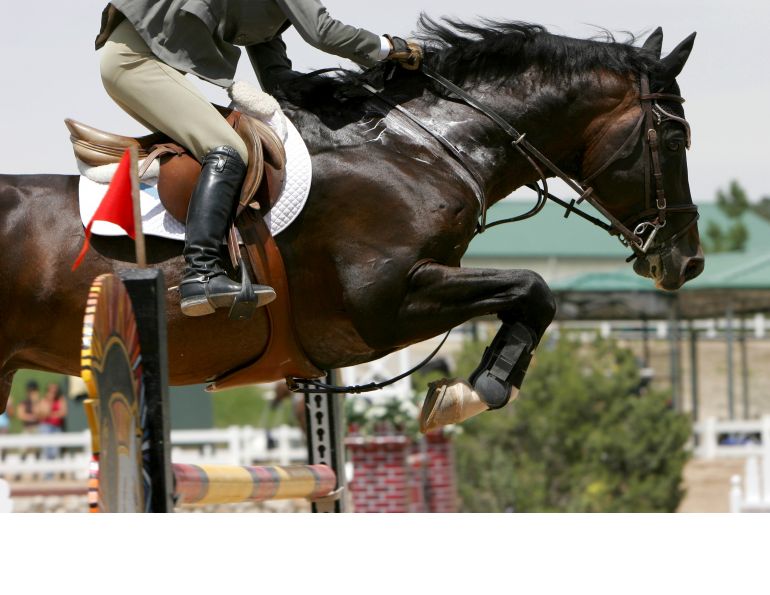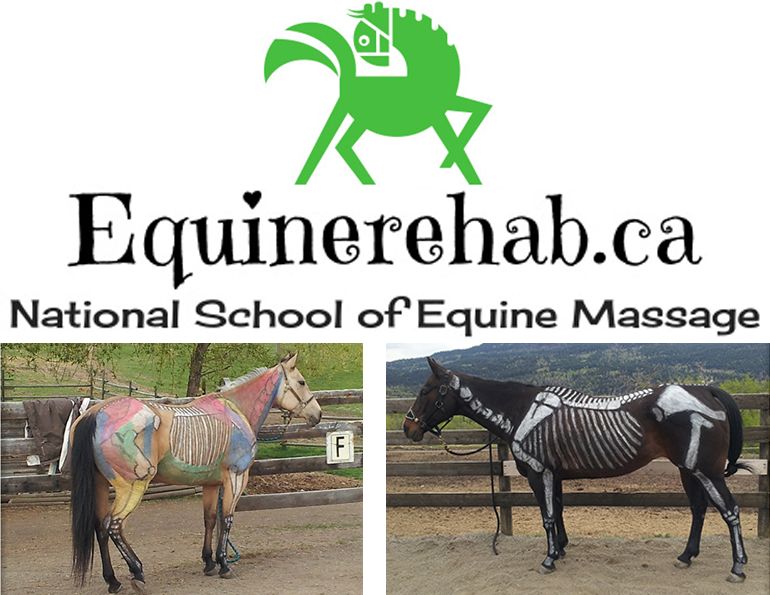By Horse Industry Association of Alberta
Get out your rubber boots – spring is coming (believe it or not). Unfortunately, so is mud. With the heavy snowfall seen in many parts of Canada this past winter, the spring season promises to be messy when the ground starts thawing and the snow starts melting. Mud can cause problems for horse owners. It affects pastures and can cause health issues in horses.
Pastures and Mud
Spring is a great time to check your pastures. Take a walk around the fence line and check for rails that may have become damaged by the high winds or snowfalls that occurred in winter. Fence posts can also shift when the ground is wet and muddy.
Grass, like any other plant, requires certain nutrients. Fertilizing the ground in spring can prolong the quality and health of your pastures. However, apply fertilizer only during when the ground is dry. Fertilizing when there is an excess of mud can cause the fertilizer to run off into streams or rivers, which can create problems for your horses and the local wildlife. If you do decide to fertilize, make sure that you keep horses off the pasture for as long as advised by the specific fertilizer.
To get the most out of your grazing pastures in the upcoming season, wait until the ground has dried out before turning horses onto the land. If the ground is too wet and muddy, horse hooves can rip up the ground and create ruts in the soil. Experts suggest that the grass should be at least three inches high before allowing horses to graze. Pastures with grass shorter than three inches will become overgrazed and will lack nutrients for horses. Ideally, grass should be six to eight inches high and the ground should be dry before horses are turned out to graze.
Horse Health Issues Due to Mud
Mud can cause several health problems for horses, from pulled shoes to diseases. Skin dermatophilosis, such as mud fever, grease heal, or scratches, are a concern for horse owners during the spring. Symptoms of equine dermatophilosis include crusty scabs, matted hair, pink skin, and oozing puss. If left untreated, the skin can become cracked and infected. Drying the infected area out and applying an antiseptic soap can help. Call your veterinarian if the condition doesn’t improve.
Hoof problems, such as cracked hooves or thrush, can also occur when there is an excess of mud. Mud can dry out horse hooves, leading to cracks. Thrush is not directly caused by mud, but it is more common during the wet season. Make sure hooves are trimmed regularly by a farrier who can help solve any hoof problems created by mud.
Tips for Minimizing Mud
- Consider putting crushed gravel down in areas that horses frequent the most, such as shelters, gates, or watering areas.
- Make sure that gutters direct runoff water away from horses.
- Divide up your pasture into smaller turnout areas and rotate horses through to prevent overgrazing and torn up soil.
Keeping your horses in a dry, mud-free pasture or paddock will keep your horses safe and healthy during the soon-approaching thaw.
Reprinted with kind permission from the The Horse Industry Association of Alberta (HIAA). The HIAA is committed to providing a unified voice for the Alberta horse industry and strengthen it through advocacy, education, and research, with the vision of a growing, profitable industry, recognized nationally and internationally. For more information about HIAA and to check out more free educational resources, please visit www.AlbertaHorseIndustry.ca.



